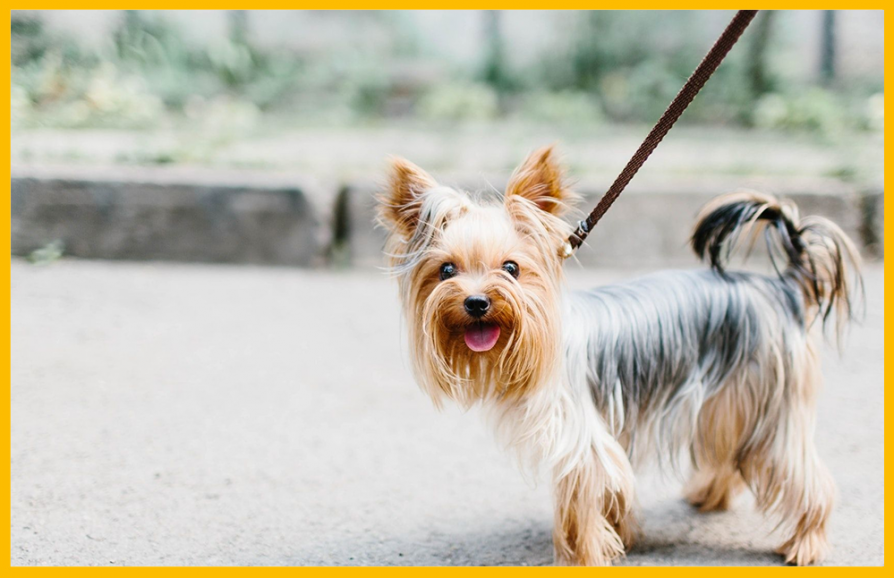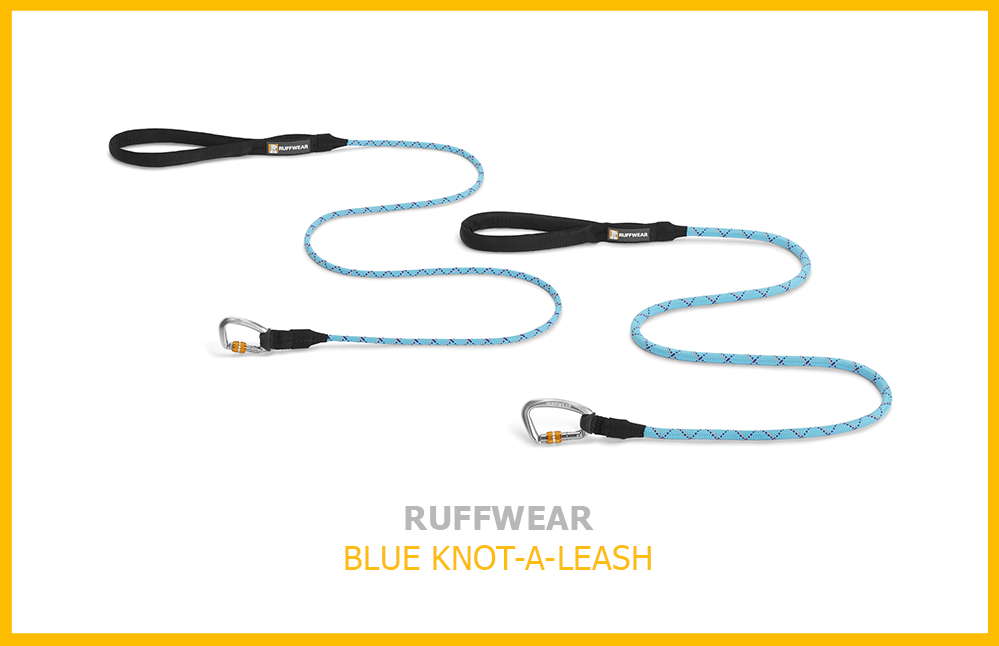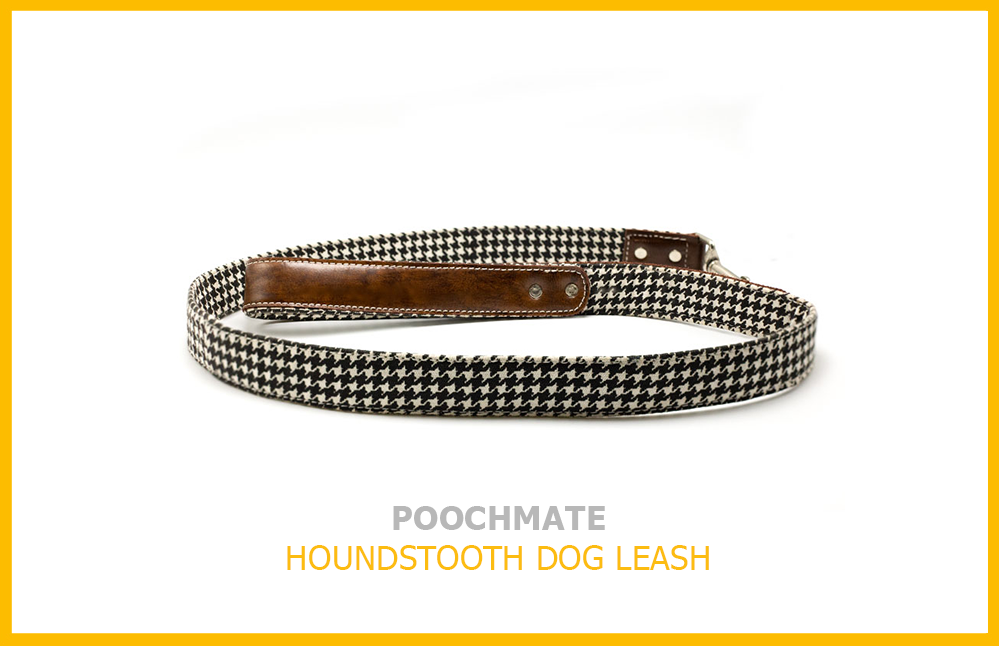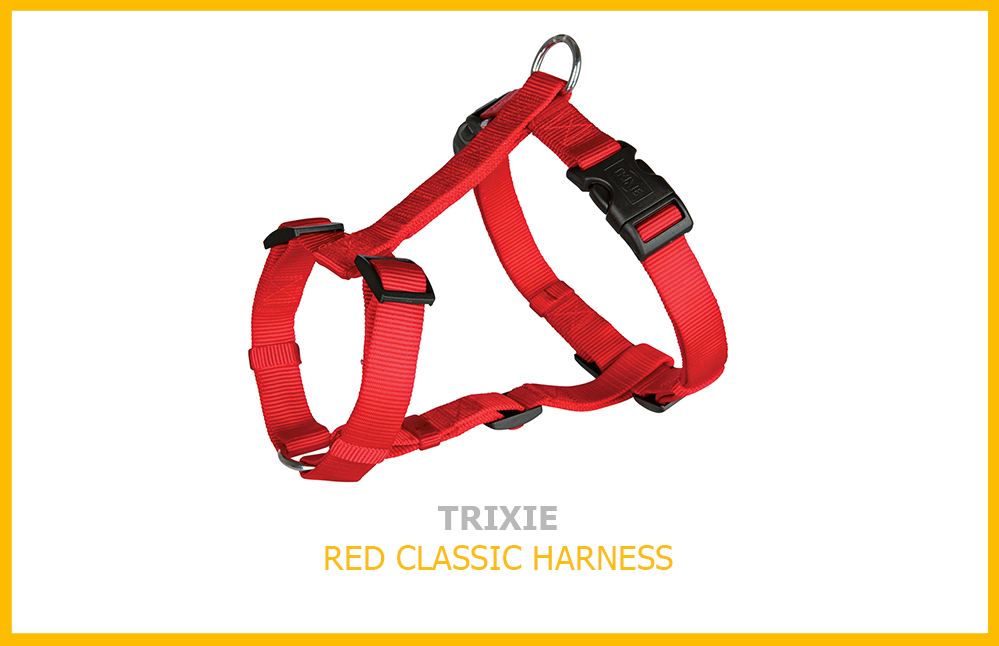Choosing the right dog leash
- February 3rd 2020

It’s easy to sniff at, but choosing the right dog leash is immensely important. Think about it – you and your dog go on a walk more than twice a day, and it’s easily the best part of your pet’s day. You want a leash that makes them feel comfortable, keeps them happy, but also ensures they’re safe. And that means considering a wide range of factors in your decision.
As always, The Pet Project is here to talk you through it.
Matching the leash to your dog

When choosing a dog leash, it’s important to match it to your dog. Different dogs require different kinds of leashes, depending on a range of factors. Here are some elements you should consider about your pet when you’re out shopping for a leash.
Activities
Do you and your dog go on long walks? Hikes maybe? Perhaps there’s a lake you go to to swim, or a beach you both frequently visit. Either way, you’ll need a leash that is easily washable and durable, preferably one that doesn’t smell over time. If you and your dog are less activity oriented, you won’t need as high quality or heavy duty a leash.
Energy levels and personality
Matching a leash to your dog’s personality is essential. If your dog is mischievous and likes to pull on the leash, for example, a retractable leash may not be the best option as it could teach them bad habits. Similarly, if your dog is high energy and tends to give chase at anything that catches their fancy, you may need a short leash to keep them next to you. Choose according to what factors will keep your pet safest when you’re out on a walk.
Breed
Choosing a leash also depends on the size of your dog and how much trouble you have controlling them. Be sure to judge your strength accurately, and pick a leash that makes that daily walk easier.
What to look for in a leash

Material
Leashes come in several materials, and which material you choose will depend on a range of factors. There are chain leashes that are durable, but they are also difficult to grip if your dog tries to make a run for it. There are nylon leashes that are quite sturdy but might need to be washed a fair bit, and leather leashes that look stylish but don’t have a lot of flexibility. Hemp leashes are usually a good choice for dogs with many allergies.
Thickness
Choose how slender or thick your leash is based on your dog’s breed. A small dog may be overwhelmed by a large leash with a thick clasp that weighs them down. Similarly, a large dog may snap a more slender leash.
Length
A typical dog leash is 6 feet in length. A short one is 4 feet or less and a long one can go up to 30 feet. Usually, it’s best to walk your dog on a standard leash or a short leash, as that allows you keep them safe, especially if you’re walking them on the streets (we all have that recurring nightmare of our pet running into traffic). A long leash can be very useful for training: you can send your dog away from you to teach them commands such as responding to their name and coming when you call. The long leash ensures they're still connected to you during those exercises. Long leashes can also be a good option if you’re taking your dog to a relatively quiet area, like to the countryside.
Retractable leashes are also very popular. In retractable leashes, a plastic mechanism controls the length of the leash and you allow your dog as much length and freedom as is appropriate to the situation. These leashes are popular with many pet owners – one leash for all types of situations! – but are often considered problematic by dog trainers. For one, a retractable leash teaches a dog that they can go anywhere they want by just pulling, and that often means they don’t listen to their pet parents. Retractable leashes are also thin, and can be painful if your dog gets too entangled in them.
Day and night
If you usually walk your dog during the night, it may be wise to buy a reflective leash . These leashes reflect the light and are easier to spot in the darkness.
Types
There are many types of dog leashes. Here is a small sample of what you could be buying:
- Clasp leashes: Clasp leashes attach
to your dog’s collar and can be detached once the walk is done.
- Umbilical cord leashes: These
leashes are great for when you’re taking your dog on complex hikes or for
basically any situation where you need your hands free. These leashes attach
from your dog’s collar to a fitting around your waist, and have a bungee chord
built into their length, which means it provides shock absorption. It’s usually
best for medium sized or large dogs.
- Harnesses: These leashes attach to a harness around your dog. Harnesses are a great option for walking your dog, as they curve around your canine’s torso and shoulders and distribute the pressure when your dog pulls. If you’re wondering about what harnesses to choose or even what collars are best for your dog, check out our guide to choosing the right collar .

With great power comes great responsibility
A walk is often the best time of the day for your dog – they look forward to it with every fibre of their being. As their pet parent, choosing a leash that keeps your beloved both safe and happy is essential, and you may need to vary what leashes you use depending on the situation. Remember, safety matters but so does giving your dog some freedom to explore and stretch the limits of their world!
Comments
No posts found
